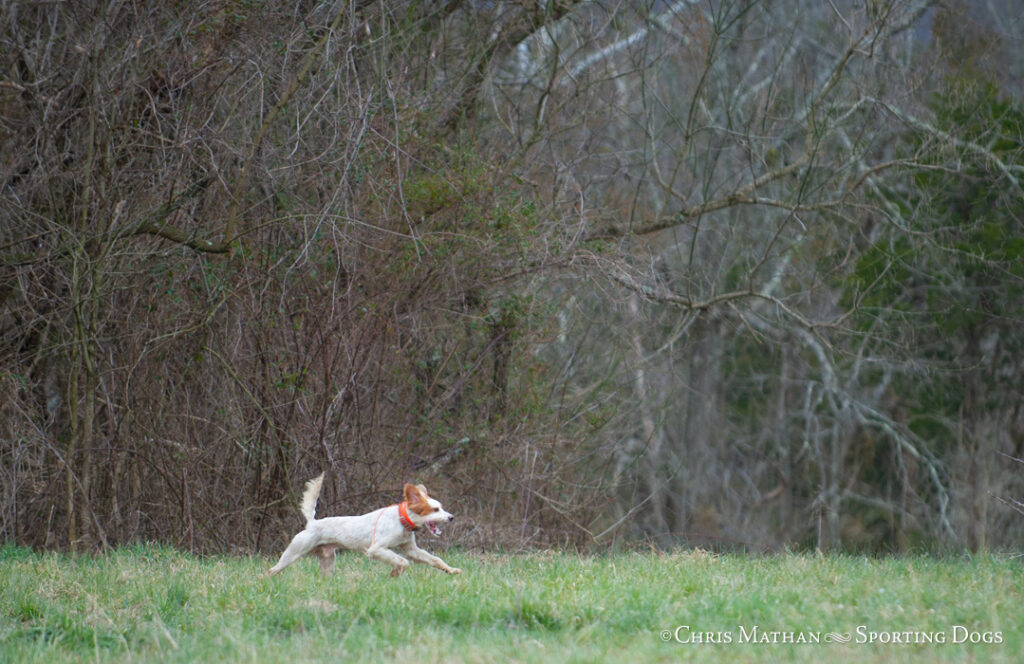The Sunday following Thanksgiving, Paducah, Kentucky. The six handlers of the twelve entries gathered at seven am at the clubhouse of the West Kentucky Wildlife Management Area. Rain poured down relentlessly, as it had through the night. There would be no morning running, likely no afternoon. Breakfast was being served by a local church group. The handlers filled their plates, quickly emptied them, then gathered around the roaring fireplace, glad of a day’s rest for their entries and themselves.
The handlers ranged in age from twenty-eight to seventy. Two were from Kentucky, two from Tennessee, one from Georgia, one from Alabama. Two were the sons of field trial handlers who had apprenticed under their fathers, two the sons of shooting plantation managers who also worked as hunt guides and dog trainer-handlers, two, the youngest, the sons of serious amateur field trial handlers.
The youngest asked, “What do you think is the most important single trait in a dog for success as an all-age?”
It was a question that had occupied rain-out days at trials since 1874.
The first answer came from a Tennessee handler, “Knowing where the front is at and hunting at it.”
All nodded and several muttered, “Yep, that’s important,” but followed with “But” and the start of something else. One by one the handlers gave their opinions. After all had spoken, a non-handler listener who had heard all the answers, the handler-judge, said, “A good nose but not too good, enough run but not too much, the sense to come find you before he or she has been gone too long.”
Miraculously, the rain had stopped. A whistle blew, and the Chairman yelled, “Breakaway in twenty minutes.” It was 11:30.
